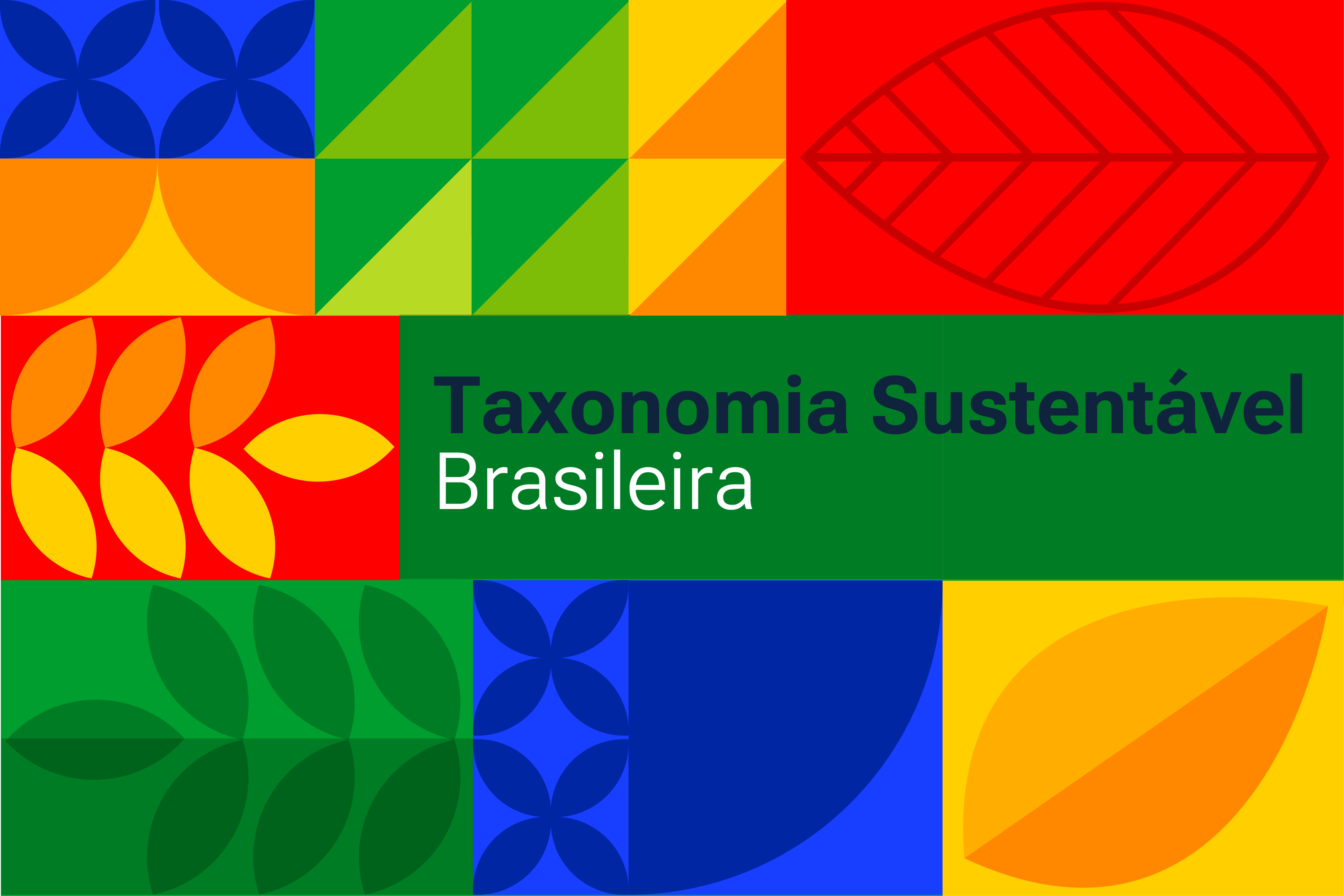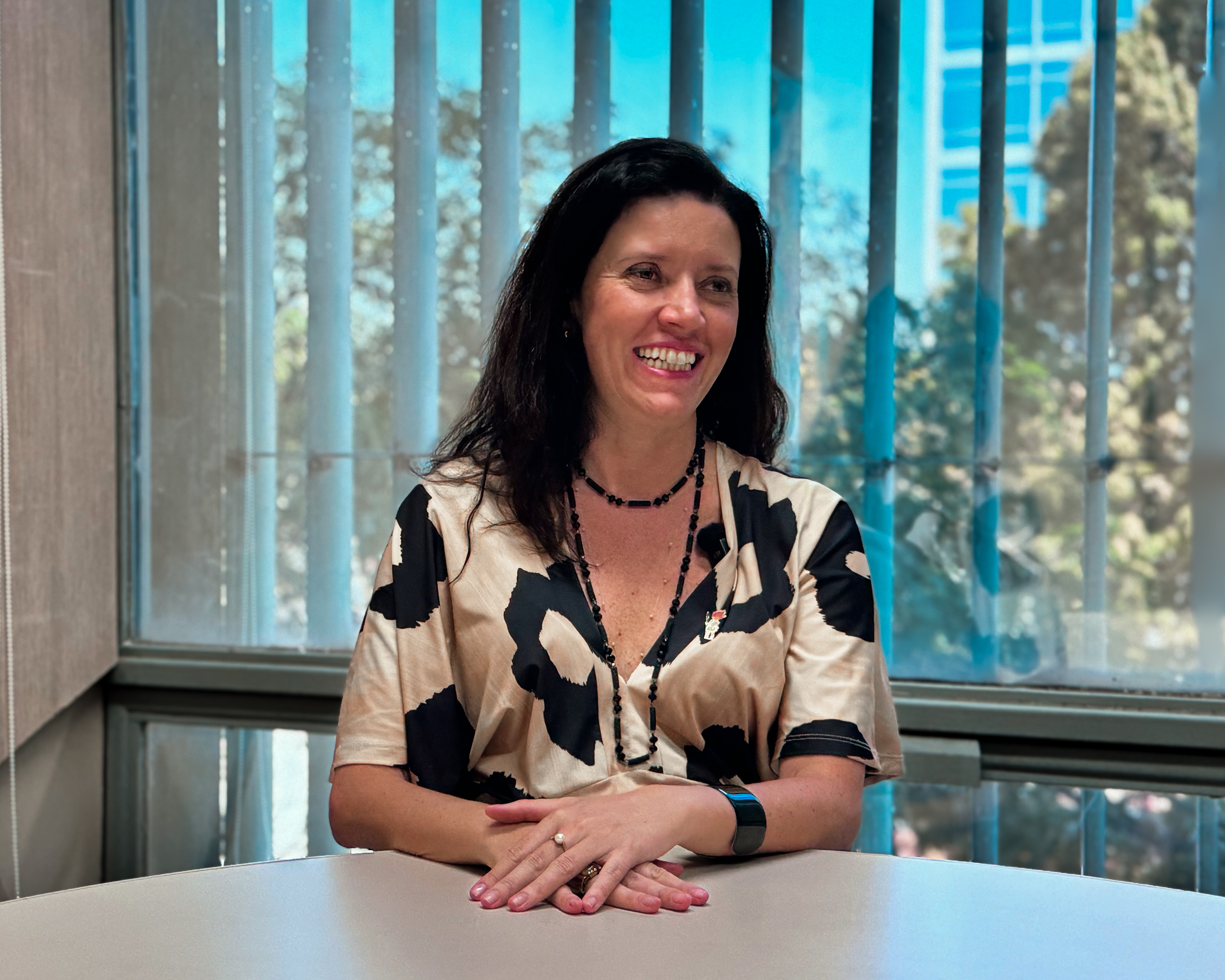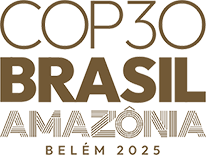Understanding what sustainable taxonomy is and why it is one of Brazil's main agenda items at COP30
As Brazil seeks to position itself as a global leader in the low-carbon economy, the country is ready to establish its own taxonomy—a framework that defines criteria for classifying projects as sustainable. Building on this, Brazil is now proposing the creation of international parameters. The measure aims to bring greater security to green investments and prevent misleading practices such as greenwashing

By the Ministry of Finance
Brazil arrives at COP30 with a proposal to place the sustainable taxonomy at the heart of the new green economy. Developed under the coordination of the Ministry of Finance (Ministério da Fazenda/MF), and with broad participation from civil society, regulatory agencies, and experts, the Brazilian Sustainable Taxonomy (BST) will serve as a "dictionary of sustainability".
The instrument establishes, based on technical and scientific criteria, what can be considered a sustainable project or asset—taking into account climate change mitigation and adaptation goals, as well as gender and racial equity. The BST will be enacted by presidential decree in the coming weeks and will have voluntary adoption.
At the 30th Conference of the Parties, the Brazilian government will propose building a global interoperability framework among national taxonomies — known as the Super-Taxonomy. This mechanism would allow investors, governments, and companies to understand and compare the sustainability levels of products and economic activities across countries, respecting national sovereignty, choices, and priorities while simultaneously using universal official standards.
In an interview, Ms. Cristina Reis, the Undersecretary for Sustainable Finance at the MF, explains how the taxonomy was developed, the changes it brings about for companies and citizens, and how it connects to other initiatives of the New Brazil - Ecological Transformation Plan (Novo Brasil – Plano de Transformação Ecológica), a national program aimed at fulfilling Brazil's Nationally Determined Contribution (NDC).

How was the Brazilian Sustainable Taxonomy developed, and what is the impact of implementing this measure?
The Brazilian Sustainable Taxonomy establishes how an economic activity, financial asset, or investment project can be considered sustainable, based on objective criteria of substantial contribution and of not causing significant harm to economic, social, environmental, and climate objectives. This mechanism analyzes various economic activities and, in this first edition, focuses on climate change mitigation and adaptation, and the reduction of gender and racial inequalities.
Developed with broad governance and social participation, this instrument underwent public consultation for almost five months and received more than 5,000 contributions. By defining what sustainability is, it has great transformative potential, guiding the labeling of financial products, the granting of tax and credit benefits, public procurement, and international cooperation.
We hope it will be a beacon to attract investment and encourage companies to adopt more sustainable and inclusive practices. It is a milestone for the country's economic and environmental development.
Once the taxonomy is implemented, what changes will people and companies see in their daily lives?
The taxonomy will guide companies on how to report, verify, and monitor their sustainability information. To meet the criteria, companies will need to adopt cleaner, low-carbon technologies and promote racial and gender equity throughout their production chains. The taxonomy also guides the financial system in granting incentives, which offers more advantages to sustainable products and projects.
As a result, investment and job opportunities will increasingly concentrate in these areas, creating a virtuous cycle of innovation, development, and social inclusion.
Can you give an example of how the taxonomy would work in practice?
Currently, more than BRL 400 billion in private securities are traded on the Brazilian market and labeled as sustainable using various metrics. We are proposing a tool that will bring these standards closer together and unify the assessment methodology. This would be an official, clear, and standardized environmental, social, and governance (ESG) approach.
Sustainability reports from institutions will also begin to include these indicators, reflecting progress on the ESG agenda. It is a powerful tool against misleading practices such as greenwashing.
Brazil is leading a Super-Taxonomy proposal at COP30. How would this harmonization of taxonomies work globally, and why is it strategic for Brazil?
The Super-Taxonomy is part of the Global Action Agenda at COP30, within the sustainable finance track.
The goal is to facilitate comparison between taxonomies, valuing their differences and allowing for more efficient and transparent financing flows between countries, defining minimum principles that can be adopted or minimum requirements that cannot be violated by countries.
We advocate the use of international safeguards, especially for human rights, the environment, and biodiversity, and the adoption of proportionality, with attention to micro, small, and medium-sized enterprises, so that the establishment of international parameters is achieved fairly.
We discussed the topic for the first time within the BRICS framework in May this year, when there was good engagement from other countries on the agenda.
How can this global proposal open new investment and job markets for Brazil and other countries?
By creating mechanisms for comparison and interoperability between national taxonomies, this clarity fosters an environment of trust that facilitates capital flows and cross-border partnerships — opening new investment and job opportunities in sectors such as clean energy, sustainable agriculture, and the bioeconomy.
In this way, it connects sustainability with quality jobs capable of generating shared prosperity.
How does the taxonomy connect to the Ministry of Finance’s Ecological Transformation Plan and other public policies?
The taxonomy forms the foundation of Brazil’s sustainability policies. It sets technical criteria for instruments such as Sovereign Sustainable Bonds, the Eco Invest, the Fundo Clima, and other National Development Financial System. The forthcoming decree will regulate financial labeling, public procurement, and tax and credit incentives.
The taxonomy also aligns with policies such as the carbon market, , sustainable credit lines under the Safra Plan, as infrastructure debentures, and regional development funds such as those from Sudam, Sudene, and the new Tax Reform funds.
In essence, the taxonomy is a structuring instrument — guiding both public policy and private-sector action as a beacon of sustainability.
How will the taxonomy be addressed at COP30?
We now aim to promote an international discussion on the Super-Taxonomy based on our proposed principles and the development of tools that can compare taxonomies. We hope the topic is included in the negotiation agenda for Article 2.1(c) of the Paris Agreement, which addresses the allocation of financial resources consistent with a transition to a climate-friendly economy.
More than a technical norm, the taxonomy is a fundamental instrument to steer investment and finance toward sustainable development — a new paradigm for the future of the economy and work.
English version: Trad. Bárbara Menezes.
Proofreading by Enrique Villamil.
